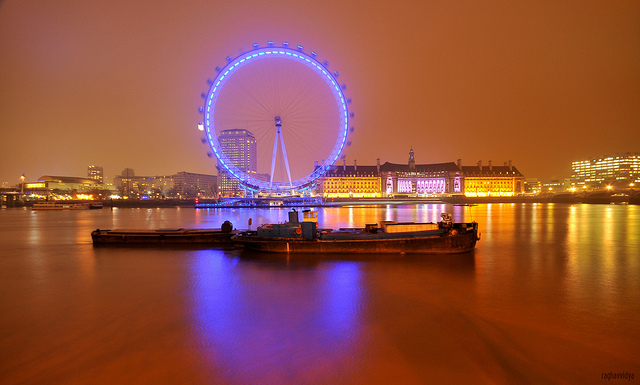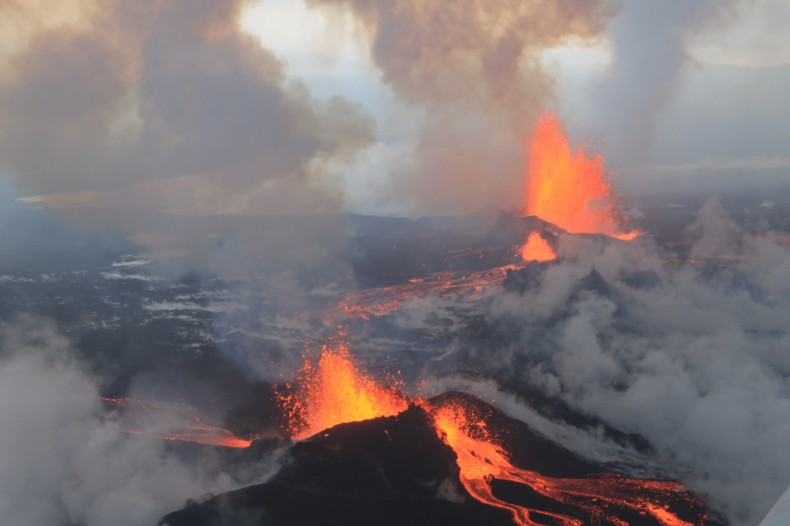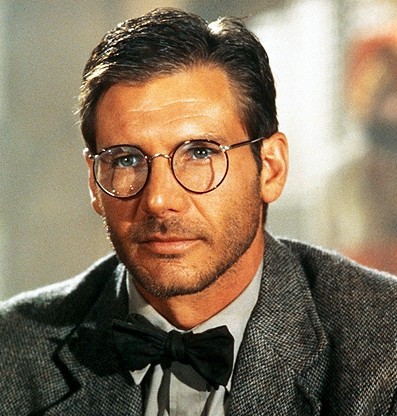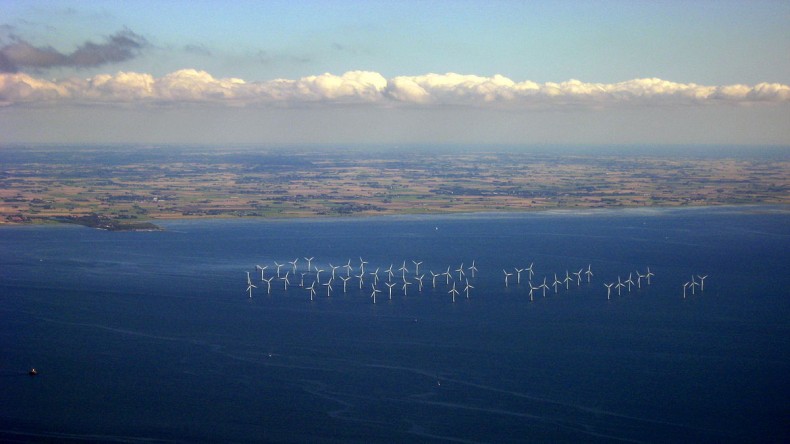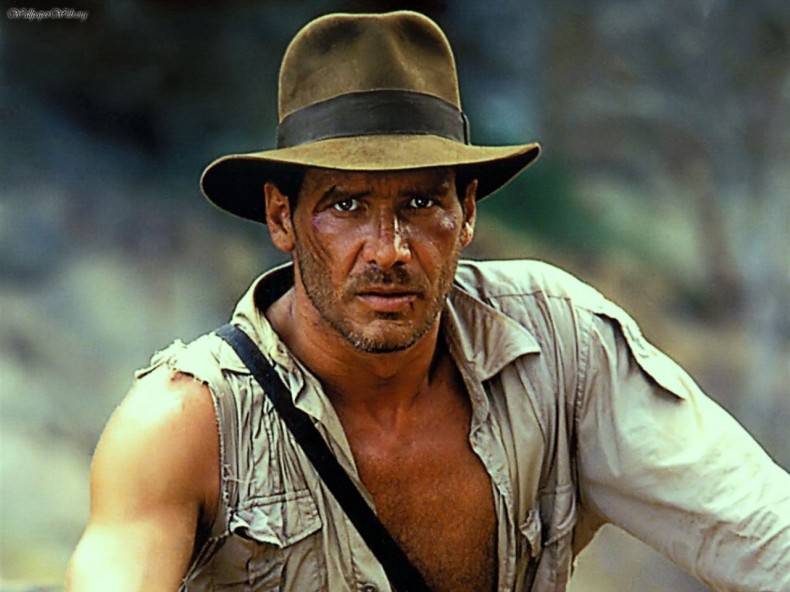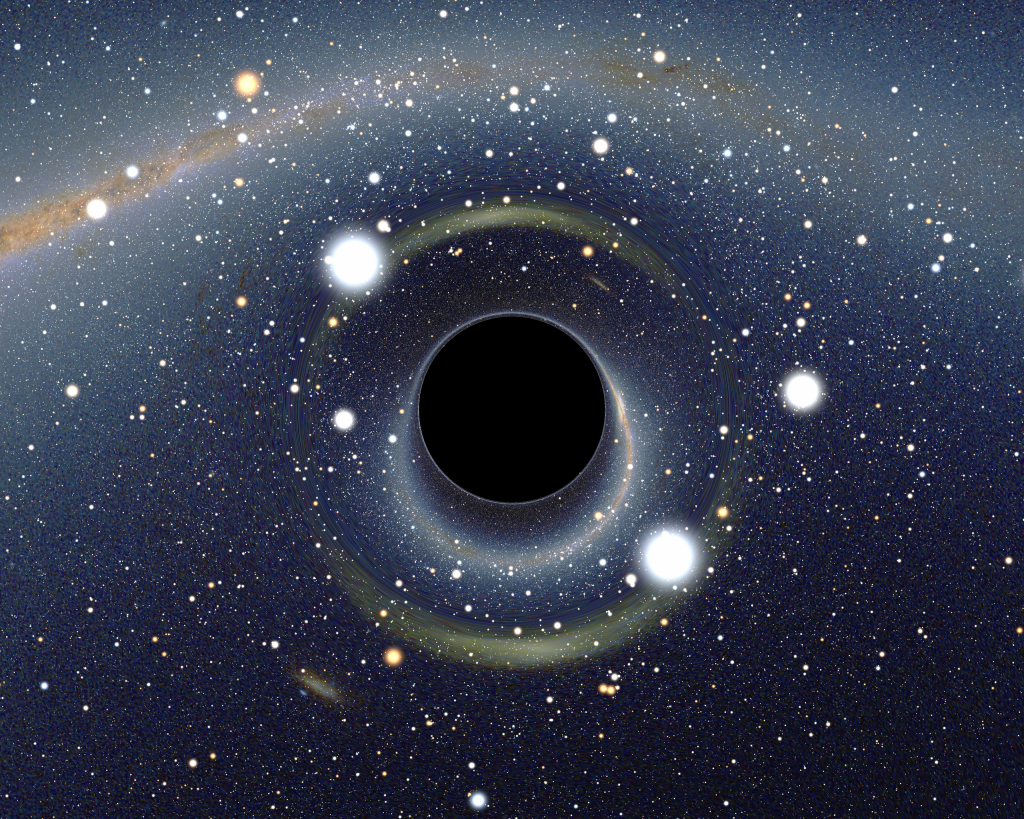The writer and filmmaker Swain Wolfe spent his earliest years at a tuberculosis sanatarium near Colorado Springs, Colorado, where his father was the director. After World War II, the sanatarium closed, his parents divorced, and his mother moved Wolfe and his sister to a ranch in western Colorado and then, when Wolfe was a teenager, to Montana. Wolfe dropped out of high school and found work on timber crews, in sawmills and slaughterhouses, and finally in the underground copper mines around Butte, Montana. He recalled his mining days in a 1994 interview in the Bloomsbury Review:
When you’re underground for a while, you begin to get the feel of where the ore flows, how hard the granite is one place from another, how hot the wall temperature is from level to level, where the earth slips and messes up the tracks, and things you knew but never had words for. Then one day after work you drive over to Anaconda to see your girl and you realize something is very different. Your world is never going to be the same because you cannot be on the surface without thinking about what’s underneath.
